
Q: What is the best adhesive to use for attaching cork roadbed to wood or extruded-foam insulation board? — Ronald Jaeger A: In Basic Trackwork for Model Railroaders — Second Edition (Kalmbach Books, 2014), Jeff Wilson wrote, “Cork can be nailed in place, but glue is a much neater option. I prefer white glue for […]
Read More…
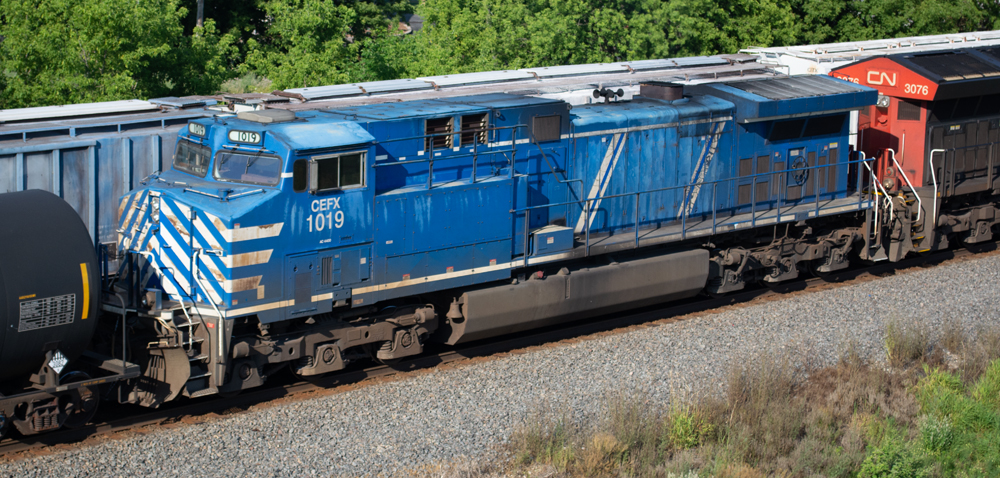
Unless your model railroad is at eye-level or higher, the first thing operators and visitors see when they look at your locomotives and freight cars is the roof (and on open-top cars, the interior). In recent years, some manufacturers have offered models with faded paint and light weathering. Other companies have released boxcars with paint […]
Read More…
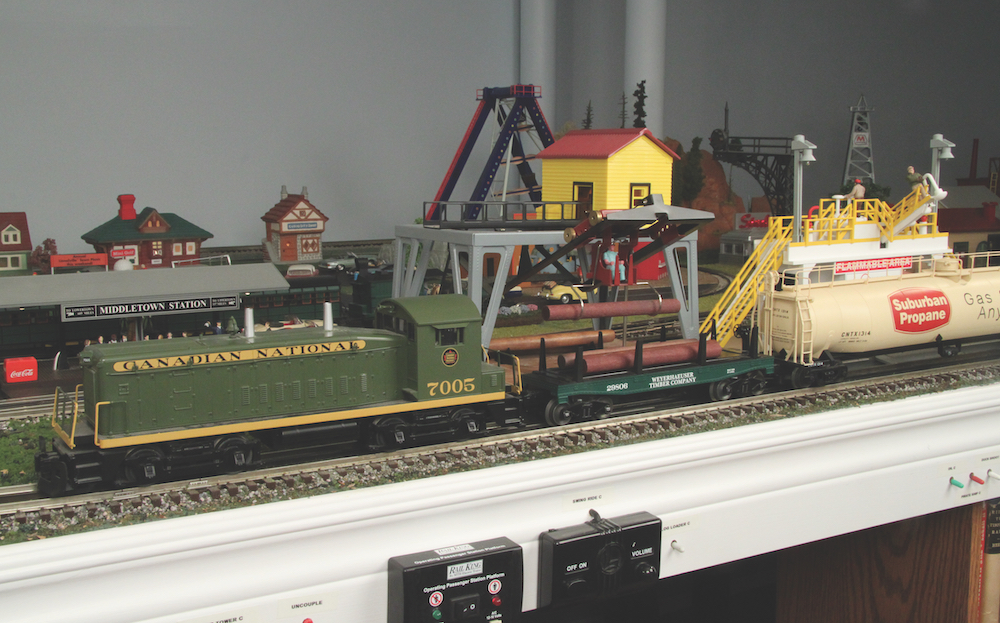
Whenever children visit my O gauge layout, the operating accessories attract their attention more than any other feature. To accommodate them, I locate the controls for these toys nearby in the molding around the edge of the table, rather than on a central control panel. I have several industrial sidings, all close to viewers. Each […]
Read More…
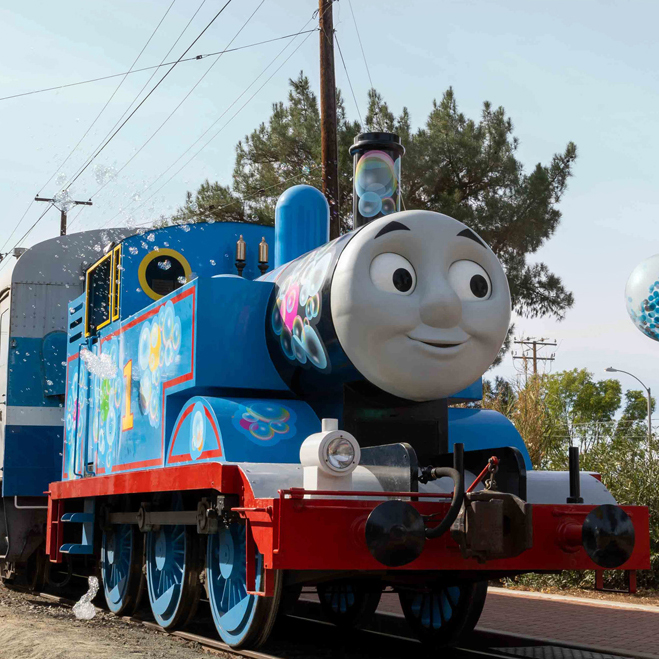
Britt Allcroft, best known for her television adaptation of Reverend Wilbert Awdry’s Railway Series characters, which introduced a new audience to characters such as Thomas the Tank Engine, has passed away at age 81. Born Hilary Allcroft in West Sussex, England, Allcroft was a successful television producer prior to her involvement with the Thomas the […]
Read More…
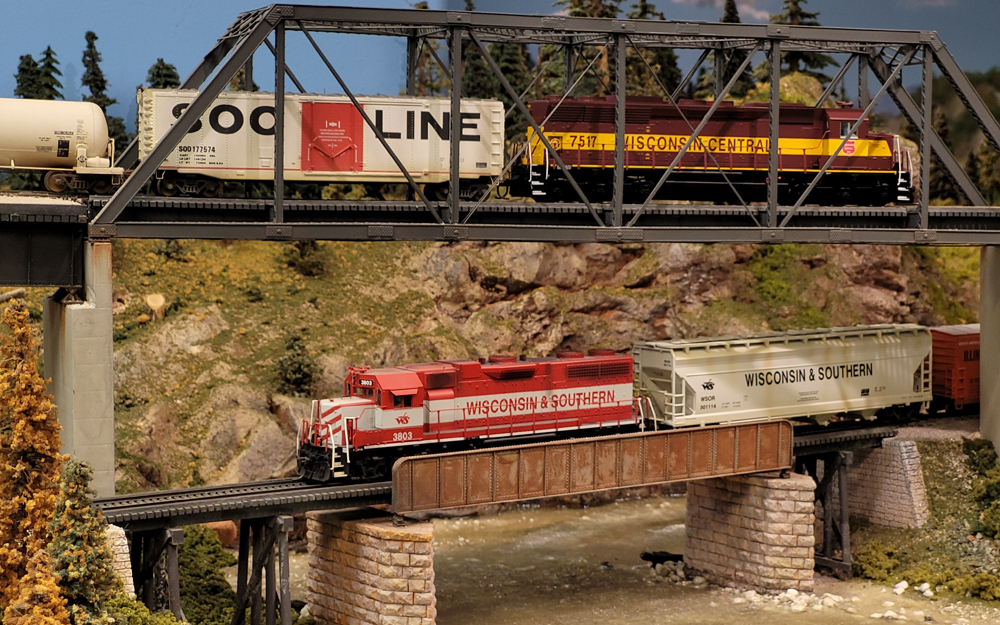
Chances are good that if you’re building a model railroad, you’ll want to include a bridge. After all, who doesn’t love a good bridge? I can’t speak for anyone else, but when I think of San Francisco, I think Golden Gate. When I think of Duluth, Minn., I think of the Aerial Lift Bridge (well […]
Read More…

In a move that promises to reshape the landscape of transportation-themed attractions, Firecrown, a leading publisher of transportation and enthusiast titles, has acquired the railroad assets from EnterTRAINment Junction. The company plans to relocate the beloved train exhibits to Chattanooga, Tennessee, as part of an ambitious new transportation museum. Firecrown is also the parent company […]
Read More…
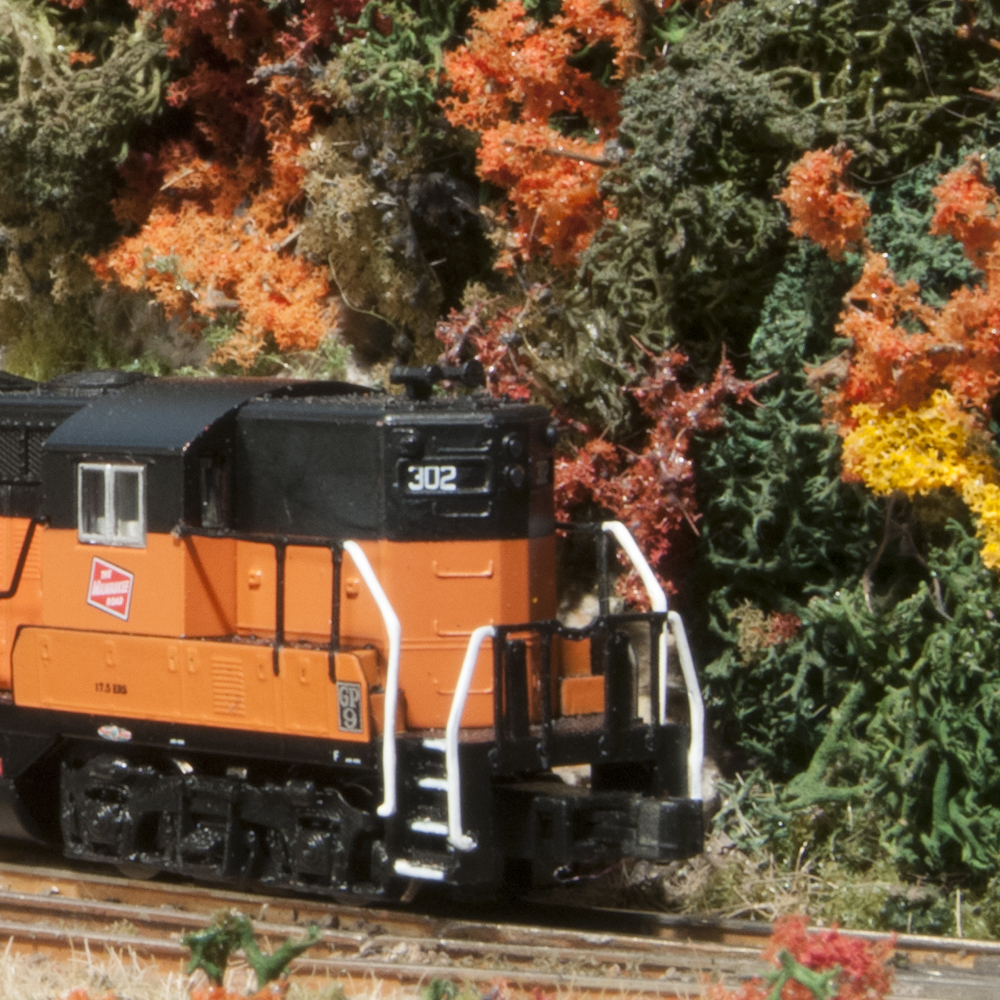
Q: I have a question regarding using lichen to simulate vegetation on a layout. My basement is clean but unfinished, so the wood floor joists overhead and the concrete walls are all visible. The basement isn’t particularly humid, but it isn’t climate controlled either. There are the occasional spiders and cobwebs, as is normal in […]
Read More…
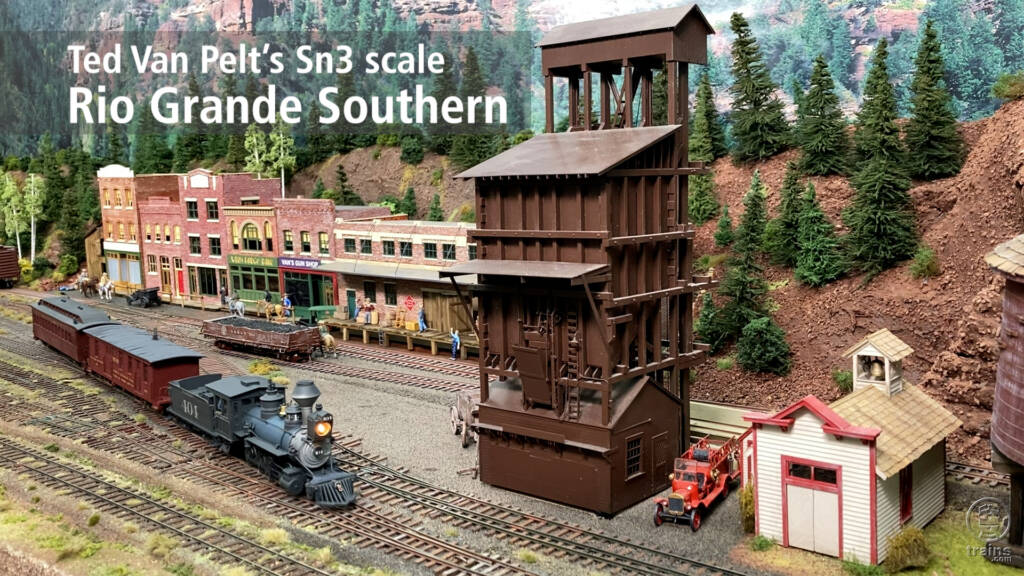
In the February 2025 issue of Model Railroader, readers got to learn more about Ted Van Pelt’s Sn3 Rio Grande Southern. The 22 x 22-foot layout, set in Colorado in 1930, features narrow gauge freight and passenger action, many scratchbuilt structures, and photo backdrops of prototype locations in the Centennial State. The walk-in layout has […]
Read More…

In the February 2025 issue of Model Railroader, readers got to learn more about Ted Van Pelt’s Sn3 Rio Grande Southern. The 22 x 22-foot layout, set in Colorado in 1930, features narrow gauge freight and passenger action, many scratchbuilt structures, and photo backdrops of prototype locations in the Centennial State. The walk-in layout has […]
Read More…
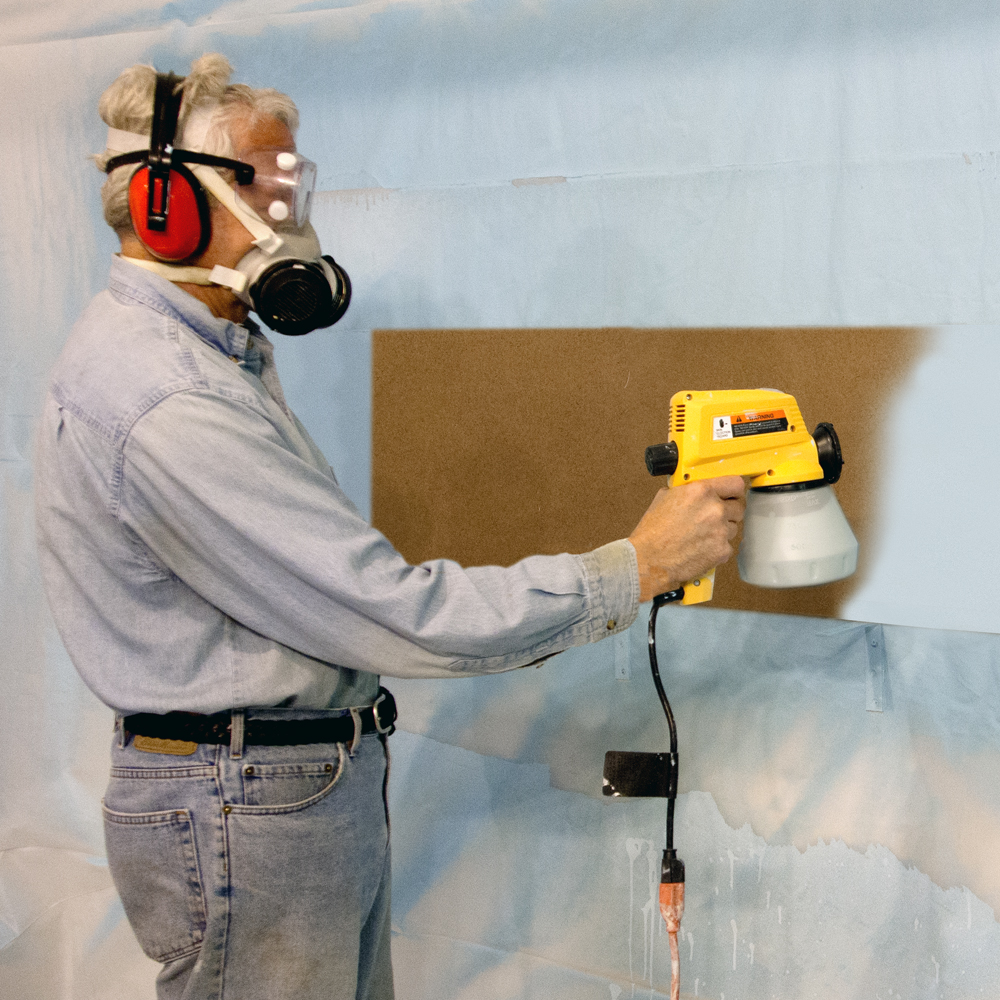
Q: My light blue-gray walls look fine to the naked eye, but not so good in photos. Are there some tried and true formulas for the major paint brands that are a reliable “sky blue” for model railroad backgrounds? — David Provost A: Model railroaders have long asked “What color is sky blue?” when painting […]
Read More…
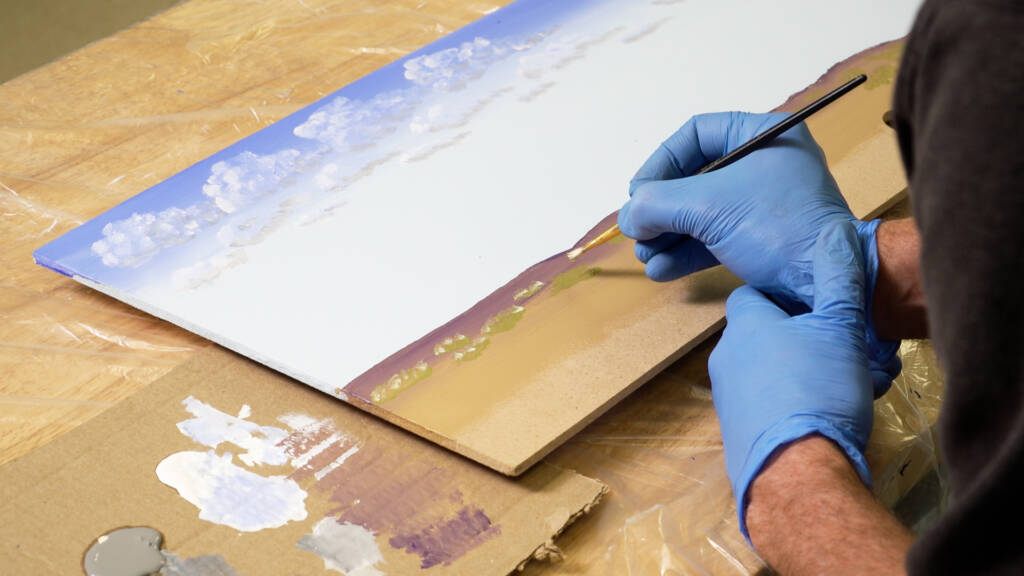
In this helpful, introductory effort, David Popp shares simple and easy techniques for adding a scene-extending background/view block to a model railroad. While the planning and painting steps are all demonstrated on his N scale (1:160) T-Trak module, David’s explanations and efforts can certainly be applied to other layouts or displays of any scale! If […]
Read More…
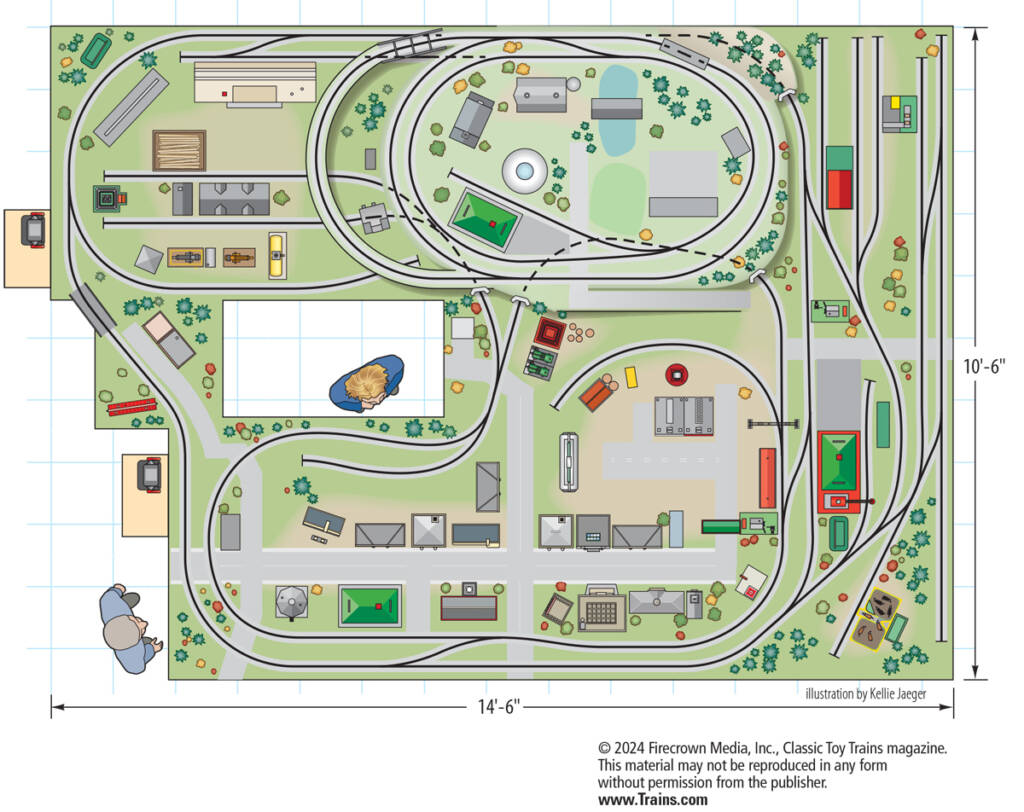
Name: Rocky and Suzanne McAlister’s S gauge layoutDimensions: 10½ x 14½-footTrack: GarGraves, Gilbert American Flyer (maximum diameter 42 inches)Switches: Gilbert American FlyerMotive power: American Models, Gilbert American Flyer, Lionel American Flyer, S-Helper ServiceRolling stock: American Models, Gilbert American Flyer, Lionel American Flyer, MTH Electric Trains, S-Helper ServiceControls: Gilbert American Flyer, Model Rectifier Corp. transformersAccessories: Gilbert […]
Read More…











